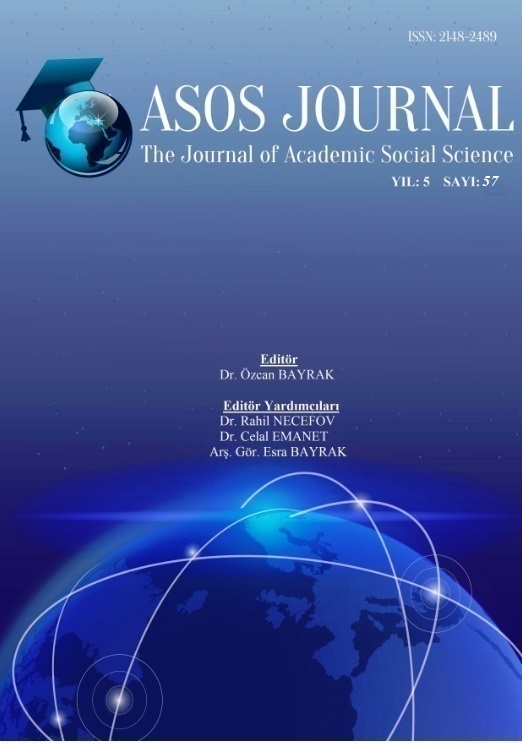Author :
Abstract
Dil öğretiminin temel dayanaklarını konu alan bu makale, önem sırasına göre; öğrenci öğretmen, metot ve dil öğretiminde kullanılan araç-gereçler olarak tespit ettiği dört unsurun mevcut şartlarda işleyişini ortaya koyduktan sonra, hedeflenen amaçlar doğrultusunda en fazla verim elde etmek için yapılabilecekleri ele almaktadır. Bu alanda yapılan çalışmalar daha çok dil öğretiminde kullanılan metotların değerlendirilmesi ekseninde dönerken, makale yazarı 24 yıllık öğretmenlik tecrübesinden kaynaklanan birikimle, “güdülenmiş öğrenci” ve tiyatro sanatına telmihen kullandığı “tahtanın tozunu attıran öğretmen” ifadeleriyle dil öğretiminde bu iki unsurun birlikteliğine vurgu yapmıştır. Öğretmenin hem hedeflenen dilde hem de kendi dilinde yeterliliği kadar, öğretmenlik formasyonu, diksiyonu ve birikimiyle bir duruş sergilediği sınıf sahnesinde hoşgörü ve güven duygusuyla oluşturduğu atmosfer, öğrencilerin motivasyonunu arttıracaktır. Makalede, öğretmenlerin bu donanımı kazanacak şekilde yetiştirilmesine dikkat çekilirken, devlet okullarında okutulan ders kitapları başta olmak üzere dil öğretiminde kullanılan araç ve gereçler irdelenmiştir. Kendi alanı olması itibariyle yazar Arapça öğretiminde yapılan hatalarla, eksikliklere de temas etmiştir.
Keywords
Abstract
This article on the main foundations of language teaching discusses what can be done to get the most efficiency in line with targeted objectives, after revealing the functioning of four elements in present conditions, which in the order of importance include student, teacher, method and tools used in language teaching. While studies in this area are mostly centred on the evaluation of methods used in language teaching, using the expressions like “guided student” based on her 24 years of teaching experience and making a reference to the theatre “the teacher shining at the board” the author of this article stressed the togetherness of these two elements in language teaching. As much as the teacher’s competency both in the target language and mother tongue, the atmosphere that the teacher created in the class with feelings of tolerance and trust and the attitude formed with the teacher’s initial teacher training and diction will increase students’ motivation. While remarking the need for teachers’ training to be in the direction to gain this capacity, the language teaching tools, especially textbooks, used in public schools have been addressed in the article. Since it is her profession, the author has pointed out the mistakes and deficiencies in Arabic language teaching.





